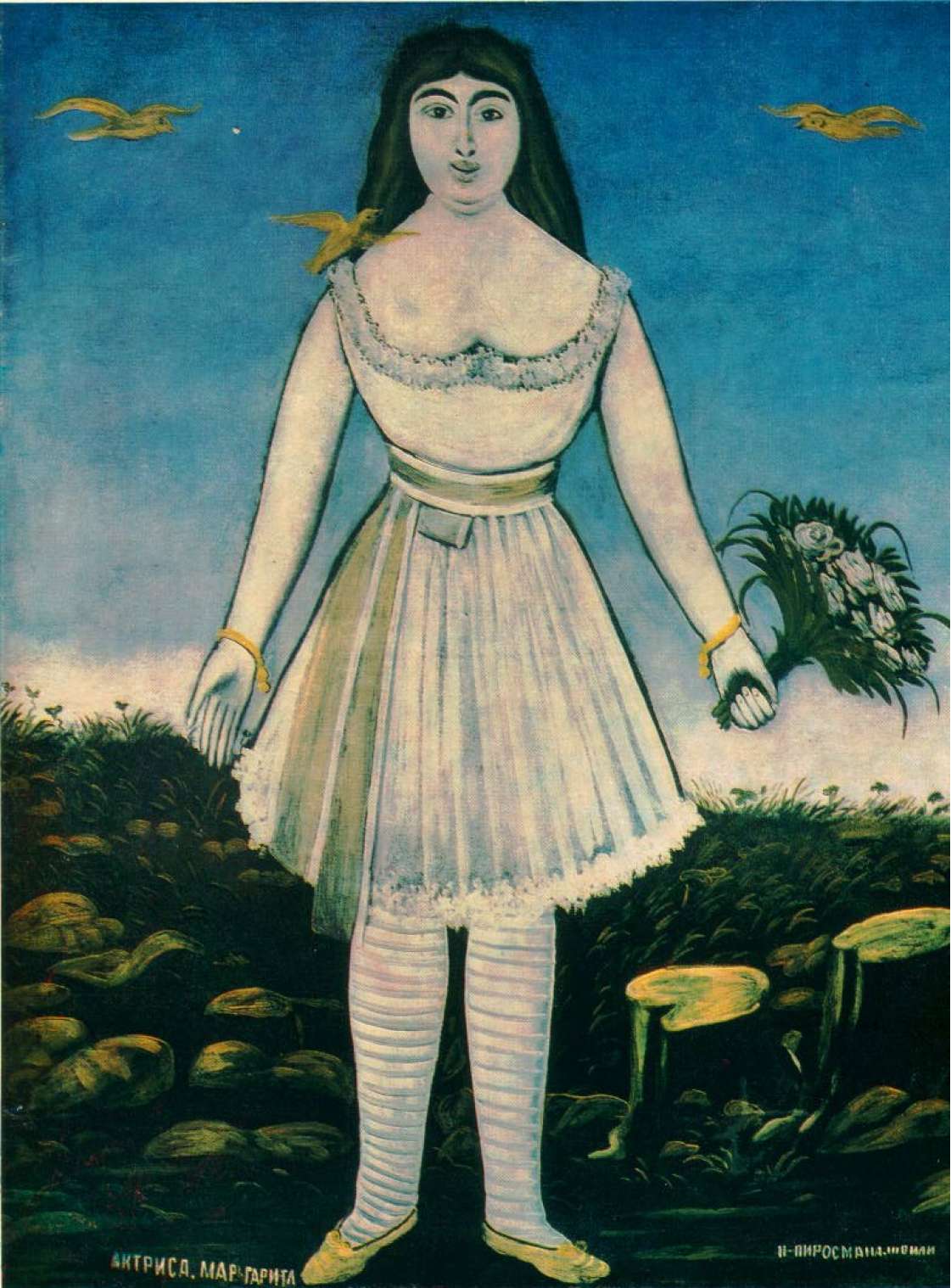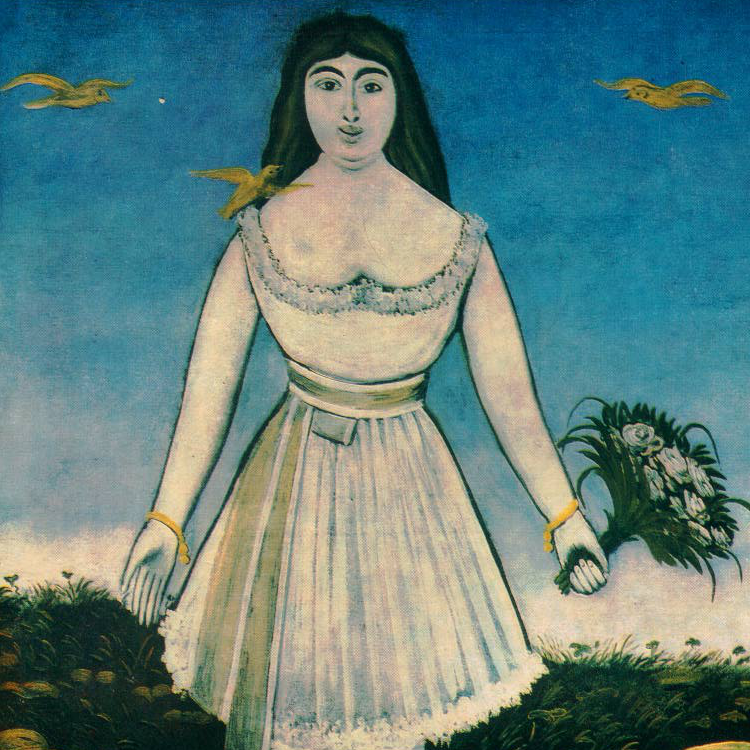
R/P (2003) for orchestra divided in four groups
Overall structure
The rhythmic series that I use is the same of ZOOMING. Seemingly invisible, it articulates a structure divided up into three thematic fragments. It can be thought of as a temporal curve or as the metric framework of R/P.
Tonal series
One of the principal ideas of R/P is experimentation by using a timbric series: this is a series of 5 different timbres that are continuously subjected to a number of permutations that change their internal order.
During the R/P process, each of the three fragments “reads” this series of timbres.
Spatial area
Each thematic fragment rebounds from one to the other of the four points of the concert hall, where the instrumental groups are equally divided.
Internal ordering
The ordering of the temporal series of fragments within the principal structure is determined from time to time by a random extraction of the twelve possible combinations.
Dynamics
In the first and second parts of R/P the internal dynamics of the principal structure vary from time to time. This series of dynamics fundamentally mean that one fragment should be played in mezzo forte and two in mezzo piano. These dynamics are also determined from time to time by a random extraction of the three possible combinations.
Doublings
During the process of R/P the timbres of every fragment are enriched by an increasing number of doublings. In order, the base timbric series is:
1- doubled by one series of different timbres from one point of the spatial area chosen by a random extraction.
2- doubled by one series of equal timbres and by one of different ones, from points of the spatial area chosen by random extraction.
3- doubled by one series of equal timbres and by two of different ones, from points of the spatial area chosen by random extraction.
4- doubled by four series of different timbres, from points of the spatial area chosen by random extraction.
5- doubled by five series of different timbres, from points of the spatial area chosen by random extraction.
Memory
R/P can be defined in the same way as the world of the inhabitants of the imaginary planet Thlon created by Borges: “It is not a concurrence between objects in space, it is a heterogeneous series of independent acts; it is successive, temporal and non spatial.”
Each action is different from those before by tone or by a mixture of tone, spatial distribution, a series of internal gestures, dynamics, and repetitions.
In R/P the radio symbolises the actual experiences, the orchestral part the memory.
In this sense, the continuous variety of the sound can be seen in relation to the varied and kaleidoscopic work of re-reading and recreating reality, all done by memory.
Glance
The distance between the various entry points of the radio, from point 10 onwards, diminishes before disappearing and ending up as a single flow: R/P pursues the substitution of the “glance-memory” mechanism (R/P means RECORD/PLAY) with a “glance” that forgets reality as soon as it perceives this. The memory of the perceiped reality disappears immediately, from the moment when it is replaced by the perception of another reality.
Memory - glance
In the third part, different from the first, the radio symbolises the memory, and the orchestral part the reality.
(In Invisible Cities, by Italo Calvino, one reads of:
“Kublai: – Perhaps our dialogue is being carried out between two ragamuffins nicknamed Kublai Khan and Marco Polo, who are rummaging in a rubbish dump [...], and, being drunk after a few swigs of a poor quality wine, see around them the splendours of all the treasures of the Orient.
Polo: – Perhaps all that is left of the world is a vague terrain covered by rubbish and the hanging garden of the Royal Palace of the Grand Khan. Its just our eyelids that separate them, but we don’t know which one is inside, and which one is outside.”)

-466x312-thumb-465x312.jpg)
